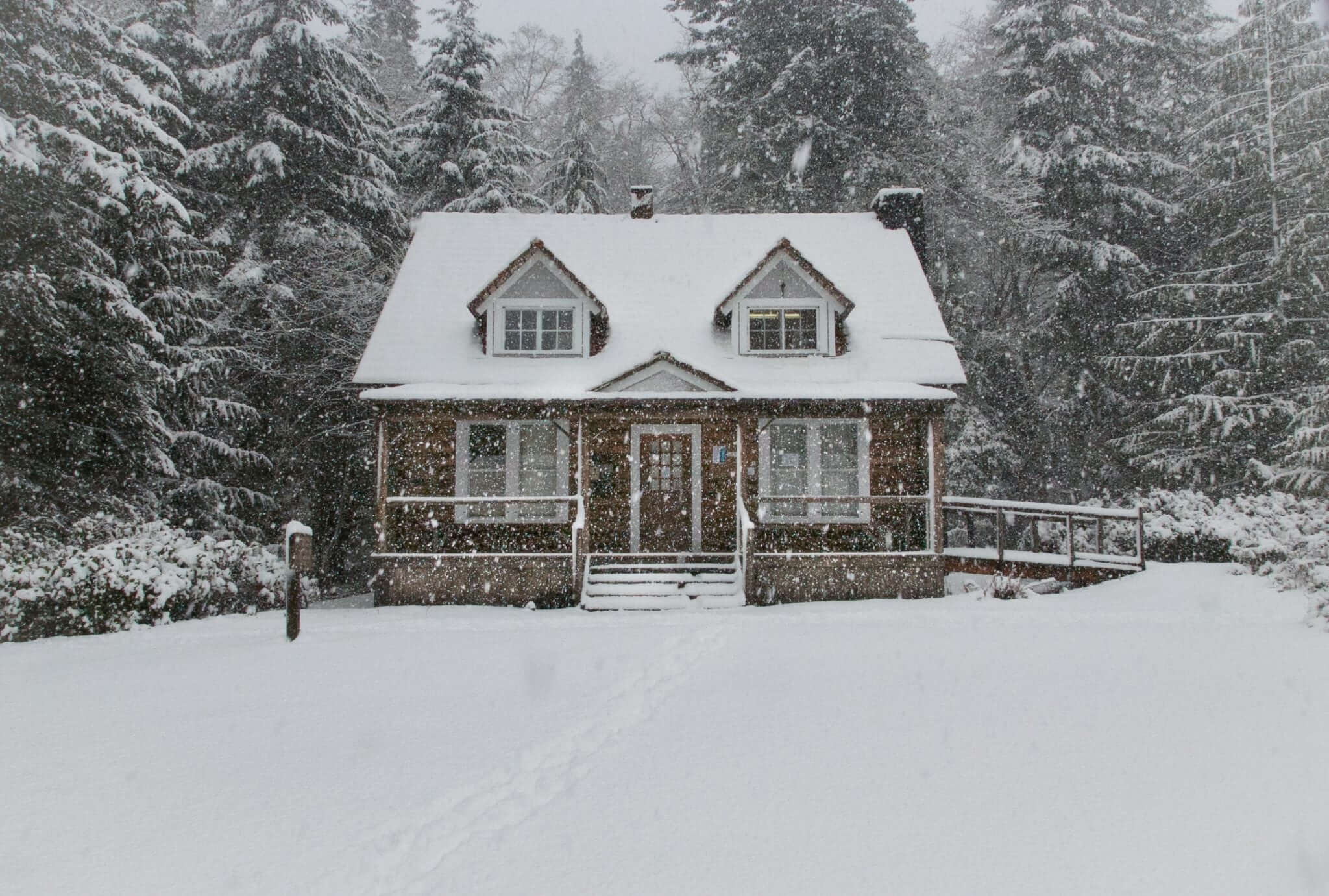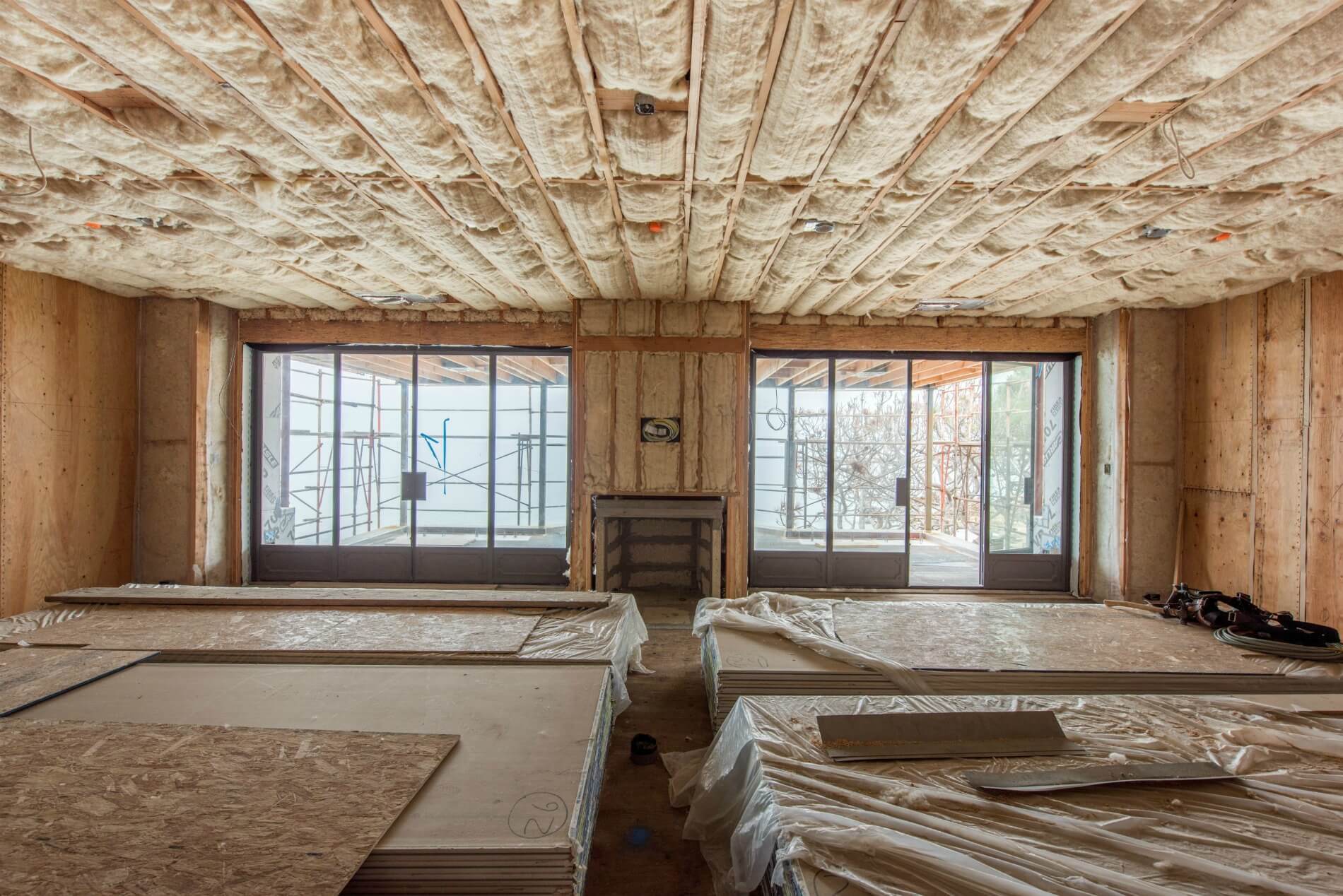Rain or shine, snowstorms or heat waves, you want to be comfortable in your home no matter what the weather looks like outside. Our society has constructed several ways of ensuring thermal comfort – we do so primarily through the use of HVAC units like AC and furnaces. In recent years, however, there’s been a sea change in how we approach thermal comfort.

This sea change has largely been brought about due to concerns relating to climate change. Furnaces and air conditioning systems require large energy investments over time, which means the burning of more fossil fuels (directly or indirectly). Though these systems have become more energy-efficient over time (and new systems like heat pumps are becoming more popular), there’s a better way to increase your home’s energy efficiency – use insulation.
Insulate Everywhere
Insulation works to your advantage in the winter and summer. To understand this, it’s important to know a little bit about heat transfer. In brief, heat transfer means that heat is always moving towards cold. That means in the summer, heat is always trying to get into your home, while in the winter, heat is always trying to escape your home. Insulation acts as a thermal barrier – it prevents heat transfer in either direction.
Your home (and all other buildings) are surrounded by what’s known as a building envelope. This envelope is what separates the conditioned area inside your home from the unconditioned area outside. Sometimes the markers of a building envelope are pretty distinct – your exterior walls are a good example of this. Other times, the markers can be a bit more indistinct – your attic may be a part of the building envelope (if it’s unconditioned) or not (if it’s conditioned).
When evaluating how well-insulated a home is, look at the building envelope. Are there any weak points where a thermal transfer can happen more easily? If there are, the entire building envelope becomes substantially less effective, as drastic amounts of heat transfer will happen at those weak points.

The best way to evaluate where you should insulate in your home is to get an energy audit. Though you can perform this yourself, a professional audit will often better enable you to learn about all the places in your home where heat transfer is occurring. Keep in mind that windows and doors are an important part of your building envelope – weather strip and caulk where appropriate, and consider getting new doors and windows.
The most important place to insulate is your attic. Heat rises, so the attic is just about the worst place for a weak point in your building envelope – especially when things get cold. You’ll also want to insulate your walls, as well as any floors near the unconditioned environment.
Howell Mechanical, an HVAC and mechanical company, has some non-building envelope-related insulation advice: insulate your hot water pipes, too! When these pipes are insulated, you reduce hot water heat loss. That means you’ll need less energy to heat water. Good for the environment, good for your wallet.
A Closer Look at Insulation
Now that you know you should be insulating almost everywhere, it will be useful to take a closer look at how you’re insulating these spaces. There’s an interesting housing standard you might want to look into Passive House. We won’t go too into depth about their standards here, but the goal is to create a home that needs minimal heating and cooling by creating a hyper-insulated environment.
Passive House standards accomplish this by insulating the home so thoroughly that there’s almost no air transfer – you need a ventilator to keep the air sufficiently fresh in a Passive House. This goes well beyond insulation standards in building construction, but doing so can conserve a lot of energy.
To know how insulating a particular material is, it’s a good idea to look at its R-value; the higher the R-value, the more insulating the material. It’s also important to understand that doubling the thickness of a material doubles the R-value of the insulation. You can purchase high R-value materials with reflective surfaces and tightly woven air pockets, or you can achieve the same R-value by buying a lot of hay (note: using tons of hay as an insulant is not recommended).

One of the biggest problems with high-quality insulation around your house is that it can reduce how easily walls can breathe. This can leave moisture trapped between the insulation and walls, and it can make it difficult for moisture to leave your home. There are several solutions to this problem, from hybrid walls to the aforementioned ventilators. When insulating your home, keep moisture and air circulation in mind, especially if you’re going past the recommended levels of insulation in your area.
Conclusion
On that note, it’s important to recognize that homes in milder climates will need less insulation than climates with drastic temperature changes. There’s no one-size-fits-all standard for insulation – as long as you’re insulating your whole building envelope, you’re on the right track. Talk with professionals and check standards in your area to know how much insulation you need!
Learn more:

